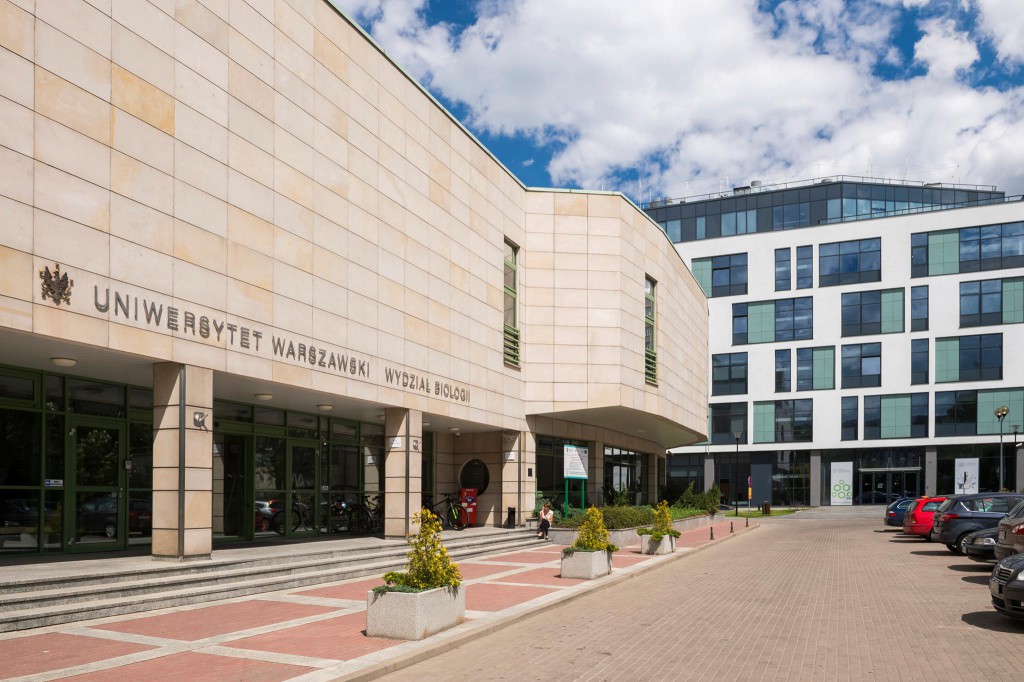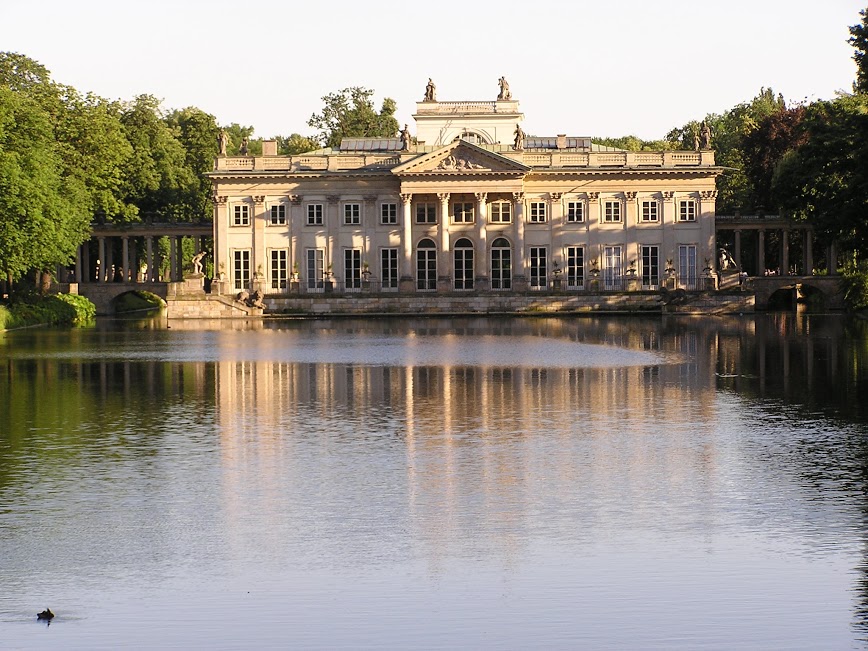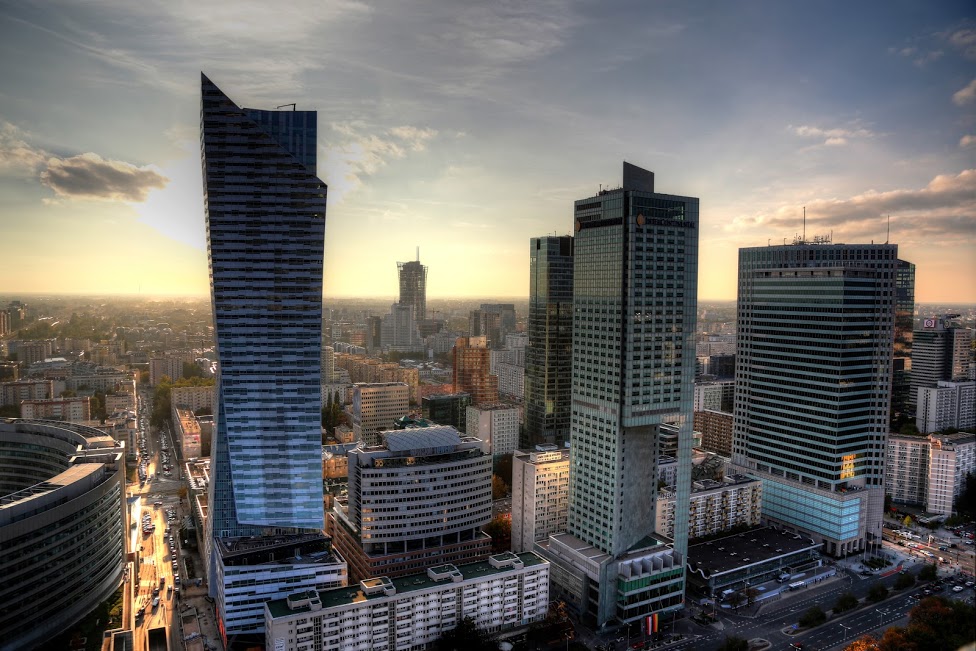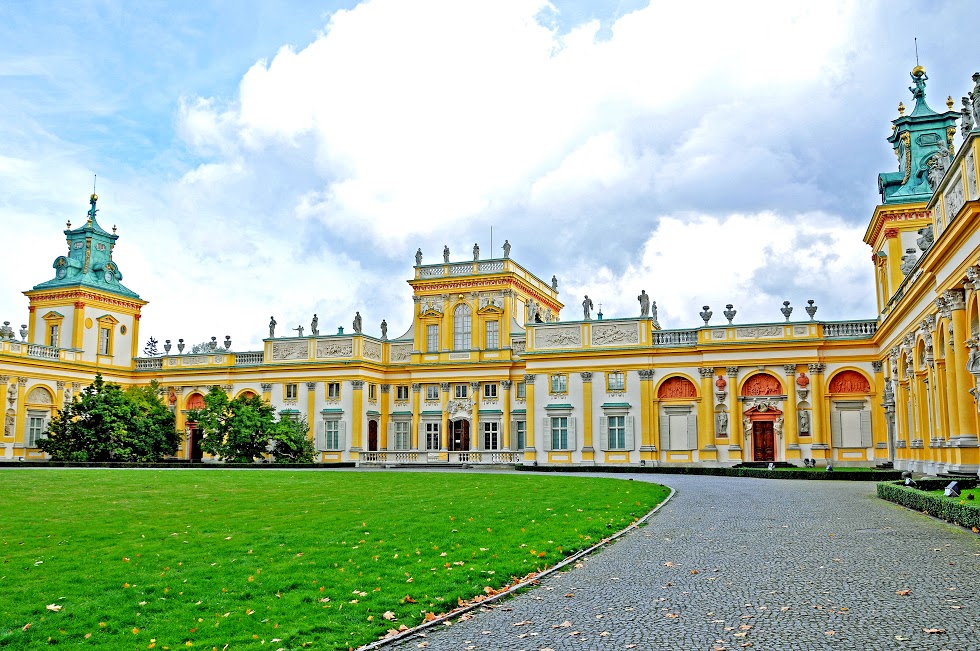Warsaw
The capital of Poland (Polish: Warszawa) is by far the largest city in Poland with a population of 1.7 million people, it is part of the region Masovia and is crossed by the Vistula river. The city has been the capital of Poland since the 16th century. Warsaw is a great business and leisure destination.
The capital of Poland was practically rebuilt from scratch after World War II. Warsaw’s vibrant business downtown takes pride in its many skyscrapers and ambitious plans to build more. The catchy skyline is still dominated by the enormous Palace of Culture and Science – Stalin’s donation to the nation. Warsaw is a world in itself, with an eastern European flavour. Do not miss the beautiful Old Town, the Royal Route, the Chopin museum, several magnificent palaces and the former Jewish ghetto.
Congress Venue
Faculty of Biology University of Warsaw
Address: Ilii Miecznikowa 1, Warsaw
The University of Warsaw was founded by a decree issued on 19 November 1816 by Tsar Alexander I. It included five faculties: of Law and Administration, Medicine, Philosophy, Theology, and Arts and Humanities. Several years later it had about 800 students and 40-50 professors.
Today the University of Warsaw is the largest university in Poland and best research centre in the country. More than 44 400 students are educated in its organizational structures. The high quality of teaching is reflected in the results of various rankings. According to these, the University of Warsaw is among the top 3% of universities in the world.







